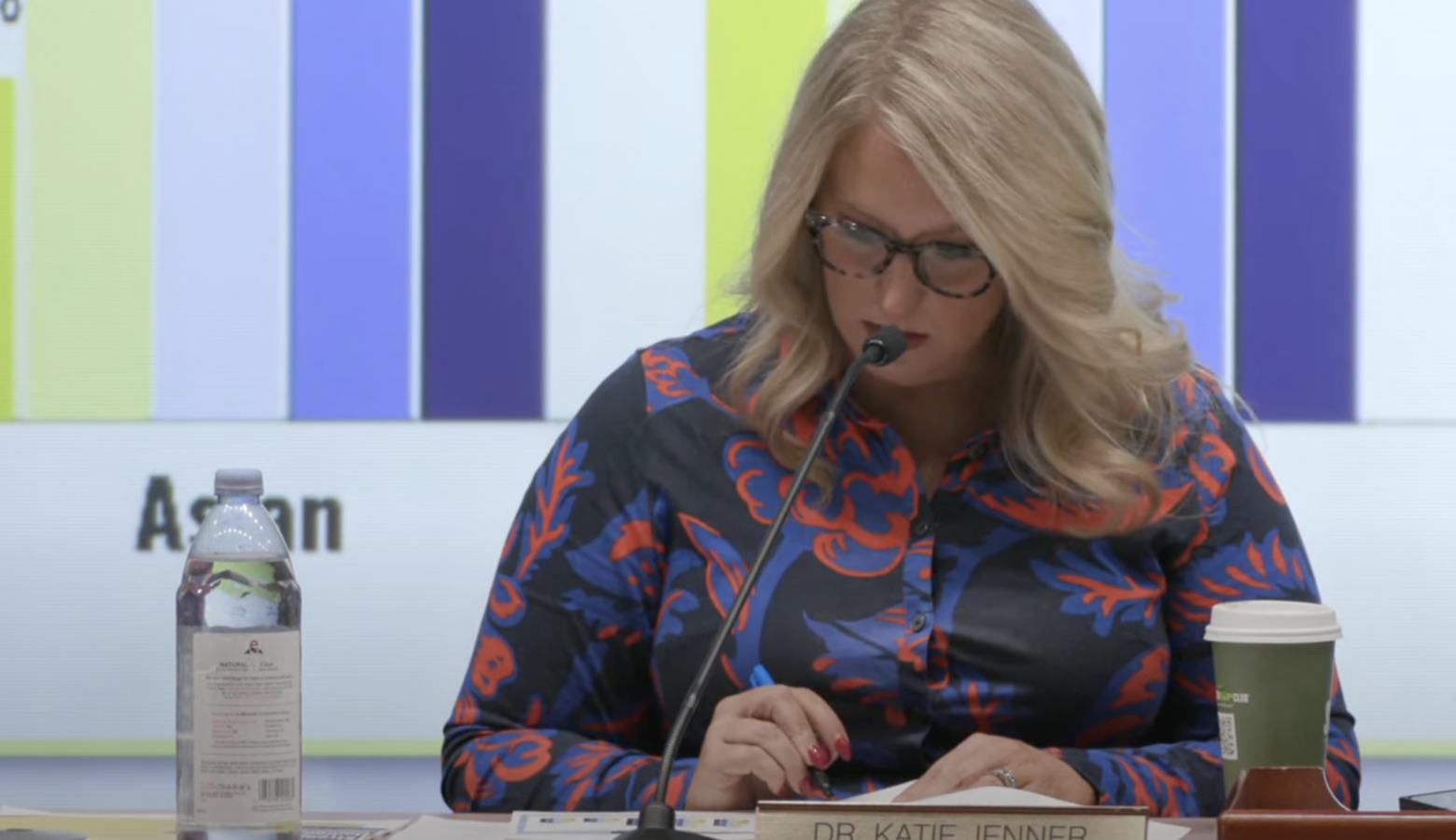Indiana school absenteeism rates improve. State announces new dashboard for the fall

Last year John Keller, Indiana Department of Education’s chief academic officer, asked the Indiana State Board of Education a question: how many school buses would it take to hold all of Indiana’s chronically absent students?
The answer was 3,086.
This year, the number of buses needed is smaller, but still staggering: 2,850.
IDOE released updated school attendance data Wednesday and previewed a new tool that will let schools and parents track that data more easily. Officials said schools, parents and community partners can use the data to ensure more students are making it to class.
Where is Indiana at now?
Chronic absenteeism is defined as missing at least 10 percent of the school year, or about 18 days. Any absences count toward that number, even if they are excused.
Indiana’s chronic absenteeism rate declined across all grade levels this year but, like last year, was higher for kindergarten and high school students.
“We have more students coming to school, but we absolutely have more work ahead,” said Indiana Secretary of Education Katie Jenner.
Chronic absenteeism reached a height of more than 1 in 5 students during the 2021-2022 school year. Last year was the first time Indiana’s chronic absenteeism rate decreased since 2020. That rate was 19.2 percent. It decreased again this year to 17.8 percent.
Jenner said this year’s rate is an improvement, but there is still a lot of work ahead.
“We need everyone working together to make sure students are in school and we continue to improve those numbers,” she said.
A community solution
IDOE is hopeful a new attendance dashboard will help increase transparency around absenteeism and encourage communities to find solutions. Once it is launched, the dashboard will show the percentage of chronically absent and habitually truant students by school district for various years, grades and schools.
The percentage of habitually truant students is included because the term is defined in Indiana code, whereas chronic absenteeism is not. In Indiana, habitual truancy means a student has 10 or more unexcused abscesses within one school year.
IDOE’s Keller said making absenteeism information widely available is one part of the solution, but it will take a combined effort to get more chronically absent students in school and keep them there.
“The public version is so critical, right, because you can’t have conversations about what’s going on without all the members of the public having access to that,” he said.
A different version of the dashboard shows schools real-time attendance data. IDOE said districts can use that data to quickly evaluate whether policies aimed to improve attendance are helping.
Some schools are already utilizing the new attendance dashboard, and officials say the public version should be available within the next month.
Join the conversation and sign up for the Indiana Two-Way. Text “Indiana” to 765-275-1120. Your comments and questions in response to our weekly text help us find the answers you need on statewide issues and the election, including our project Civically, Indiana.
The effect on kids
Jenner said it is important for students to have at least a 94 percent attendance rate because students with lower attendance rates see significantly worse results in state assessments.
Data shows students who are chronically absent score below proficiency in reading, English language arts and math at higher rates than their peers.
More than 82 percent of students who are not chronically absent passed the IREAD-3 – the state’s third grade reading exam – this year. Only 67 percent of chronically absent students passed the IREAD-3.
Achievement gaps between chronically absent students and their peers increase when looking at ILEARN scores. More than 44 percent of students who are not chronically absent pass both English language arts and math, but chronically absent students pass both subjects at rates less than 19 percent.
When it comes to college readiness, 41 percent of students who are not chronically absent met college readiness benchmarks. Only 17.5 percent of chronically absent students met those benchmarks.
Chronic absenteeism affects students of all races and ethnicities, but Black students have the highest rates of absenteeism. However, the percent of chronically absent Black students decreased nearly 10 percentage points from 38 percent in 2020-2021 to 28.5 percent in 2023-2024.
Students who receive free or reduced-price meals are also more likely to be chronically absent from school than their peers. A little less than a quarter of students who receive free or reduced price meals are chronically absent, which is more than 10 percent higher than students who must pay for meals.
Kirsten is our education reporter. Contact her at kadair@wfyi.org or follow her on Twitter at @kirsten_adair.

